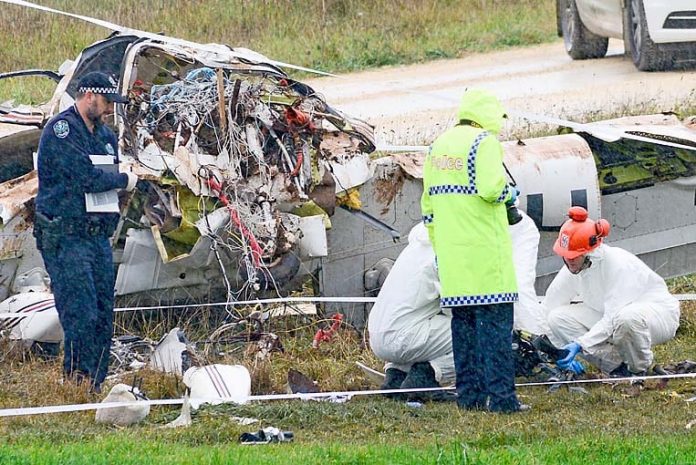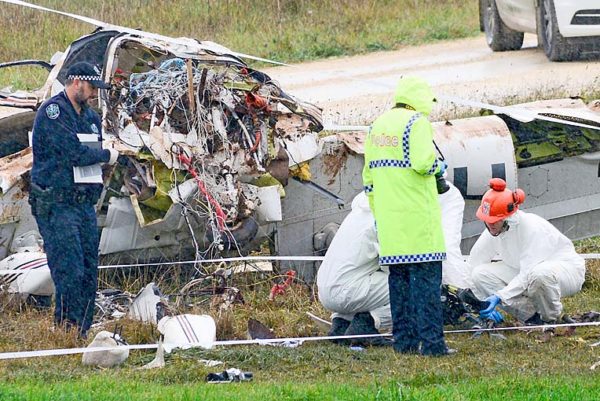

AN AUSTRALIAN aviation expert has claimed weather conditions will be one of the key areas of investigation by the Australian Transport Safety Bureau into last week’s horror Angel Flight plane crash.
This follows Regional Express confirming to The Border Watch that Flight ZL4617 – operating from Adelaide to Mount Gambier – was held on the ground in Adelaide due to fog in Mount Gambier last Wednesday morning.
The heavy conditions and low visibility also affected flight ZL4618 operating from Mount Gambier to Adelaide, which was scheduled to take off at 10.15am.
It is understood up to eight witnesses have now come forward to the safety transport bureau, which will release its preliminary report into the aviation disaster within 30 days of the accident.
While the wreckage has now been released to insurers, some components and instruments have been conveyed to laboratories in Canberra for analysis.
Mount Gambier mother Tracy Redding, 43, and her daughter Emily, 16, were tragically killed in the aviation disaster, along with pilot Grant Gilbert,78, from Mount Barker.
Neil Hansford – from Strategic Aviation Solutions – said the weather conditions and the pilot’s flying and medical history would come under the microscope during the extensive probe.
But he said it was “a bit damning” the pilot took off in conditions when commercial pilots chose not to land or take off in Mount Gambier during the weather conditions at the
time.
“Rex pilots took the conservative approach,” Mr Hansford said.
“The transport safety bureau will investigate the pilot’s health and training records – there is a lot happening in this investigation.”
In particular, investigators will have a “real interest” in how long the pilot had been flying the Tobago, which was a “very fast and sophisticated” aircraft.
“This is the top end of single engine aircraft for recreational pilots,” Mr Hansford explained.
He said another key focus would be determining whether the engine and propellers were working at the time of the impact.
“The engine has been sent back to the repair centre for analysis,” Mr Hansford said.
Meanwhile, he said witnesses who saw the plane take off and in the air would also be crucial and would provide clues about how high the plane was flying at the time.
The aviation media commentator said the safety transport bureau was mandated to hand down a report within 30 days and a full report in 12 months.
However, he said the bureau was “substantially behind” in releasing its full reports because of the Malaysia Airlines flight MH370 disaster.
Mr Hansford said the preliminary report was likely to provide enough information to “join the dots” over what happened.
While there had been some debate over the need for greater training regulations for charitable air services, he called against the industry having a knee-jerk reaction to the Mount Gambier tragedy.
“The tragedy is the pilot was doing something in a charitable way and Angel Flight is an integral part of delivering medical services in rural areas,” Mr Hansford said.
He said forcing recreational pilots to undertake more training could see fewer people donating their time.
“If they make it too hard, then nobody will want to do it,” Mr Hansford said







